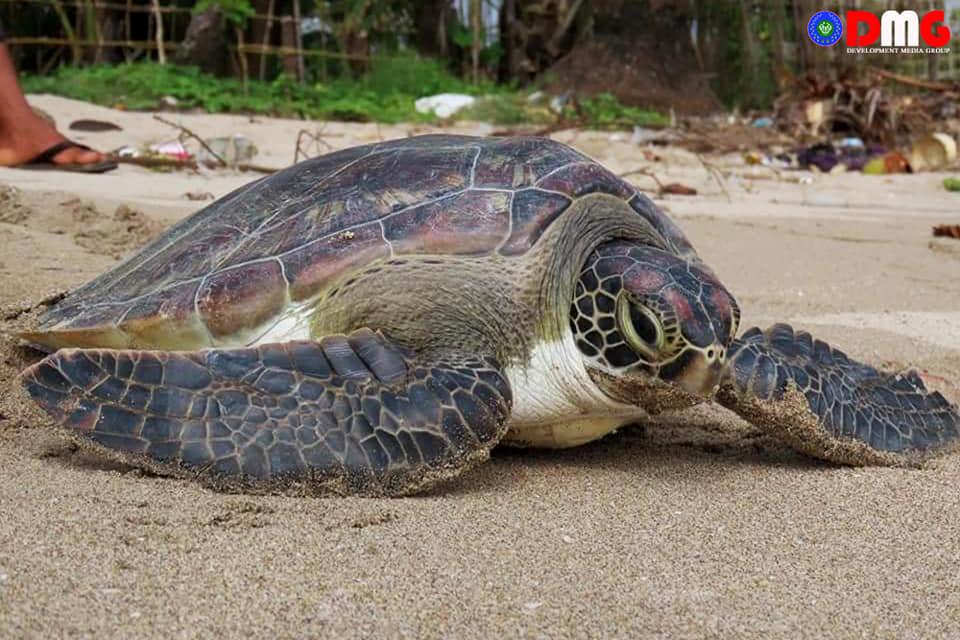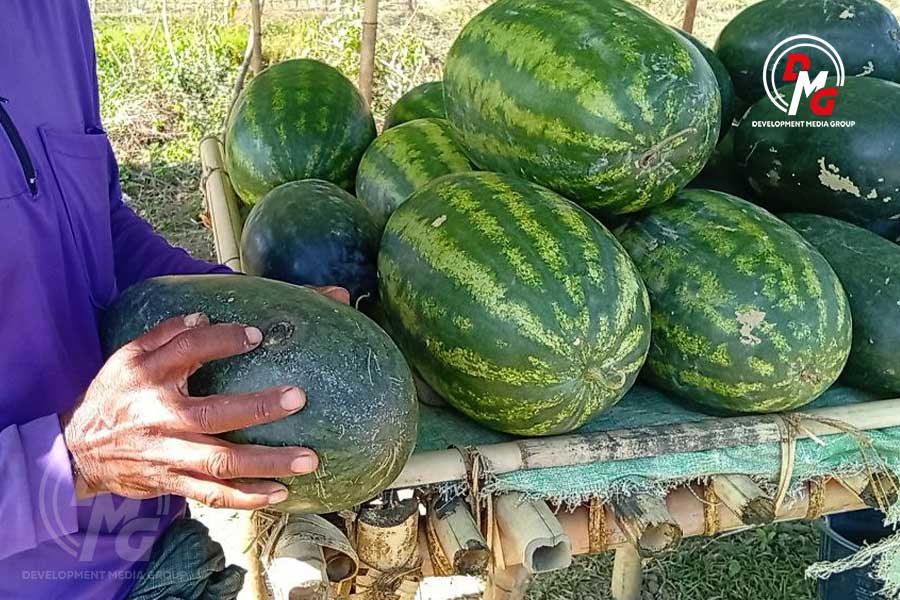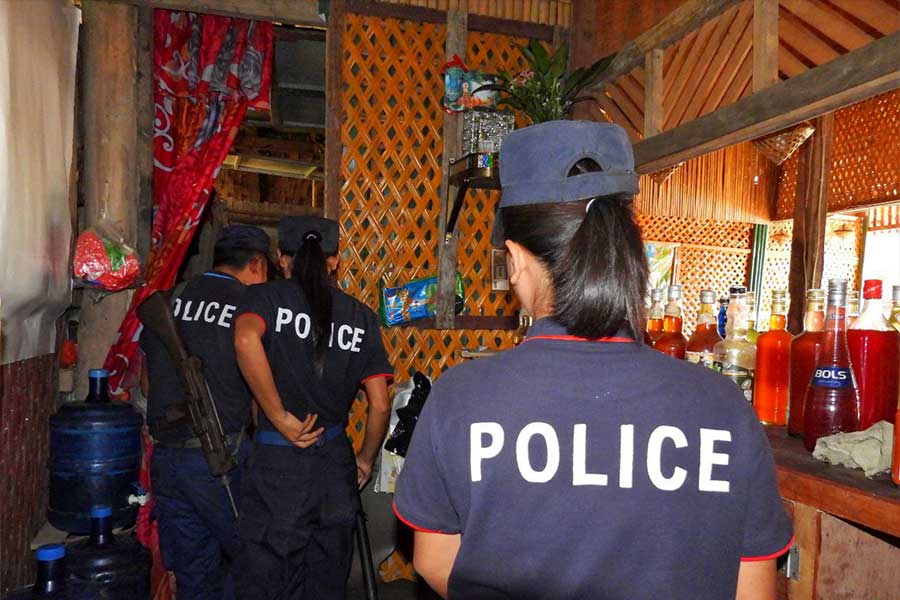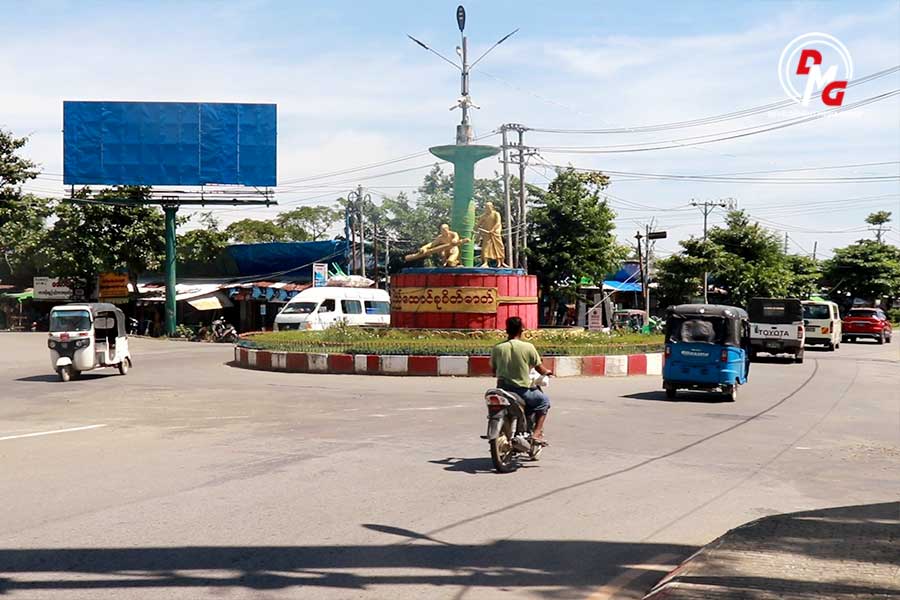- Watermelon farmers in Arakan State hit by low demand and rising costs
- Weekly Highlights from Arakan State (Dec 29, 2025-Jan 4, 2026)
- Family appeals ULA court ruling over Pauktaw village murder
- Arakan State's fishing industry struggles amid junta blockades and security threats
- Junta, AA clash near Sittwe
Myanmar’s sea turtles face existential threat from human consumption, reckless fishing
Sea turtles in Myanmar are facing extinction due to the consumption of turtle eggs and reckless fishing, Dr. Kalyar Platt, director of the Turtle Survival Alliance, told DMG.
29 Sep 2021

DMG Newsroom
29 September 2021, Sittwe
Sea turtles in Myanmar are facing extinction due to the consumption of turtle eggs and reckless fishing, Dr. Kalyar Platt, director of the Turtle Survival Alliance, told DMG.
Myanmar is host to five species of marine turtle: the hawksbill Eretmochelys imbricata, green Chelonia mydas, leatherback Dermochelys coriacea, loggerhead Caretta caretta and olive ridley Lepidochelys olivacea. At present, some species of turtle are no longer found, Dr. Kalyar Platt said.
Sea turtles lay their eggs at the end of the monsoon season off the coast of Myanmar’s Arakan State, and Ayeyawady and Tanintharyi regions.
“When the turtles lay their eggs, some people [take them]. When this is done, the hatching rate of sea turtles decreases,” Dr. Kalyar Platt said.
Reckless fishing practices, such as fishing near the coast at night, can also negatively impact sea turtle populations, she added.
“Sea turtles come from the deep to lay their eggs on the beach. Once they lay their eggs, some of them die indiscriminately when they are caught during reckless fishing. For example, when sea turtles descend into the sea, they look up at the light of the sky and the waves. When people light a fire all night looking for fish, sea turtles die after chasing the flames,” Dr. Kalyar Platt explained.
According to a three-year study in the Kyeintali area of Arakan State, the number of sea turtles is declining year by year, said Tha Gyi, a sea turtle conservationist in Kyeintali, who added that work is currently underway to identify sea turtles in the Kyeintali area and to distribute informational leaflets to the public.
Even if turtles lay their eggs and those eggs manage to avoid being snatched up by people, there is still a risk of birds and carnivorous fish eating them. Surviving this, the newborn turtles will likely be harmed by eating plastic from litter floating in the sea.
Myanmar’s Department of Fisheries signed a Memorandum of Understanding on the Conservation and Protection of Sea Turtles in Southeast Asia in 1997, and in 1999 became a member of the Central Committee for Fisheries Development in Southeast Asia.
In 2001, Myanmar signed a Memorandum of Understanding (MoU) on the conservation and management of sea turtles in the Indian Ocean and Southeast Asia, and their habitats.














.jpg)


